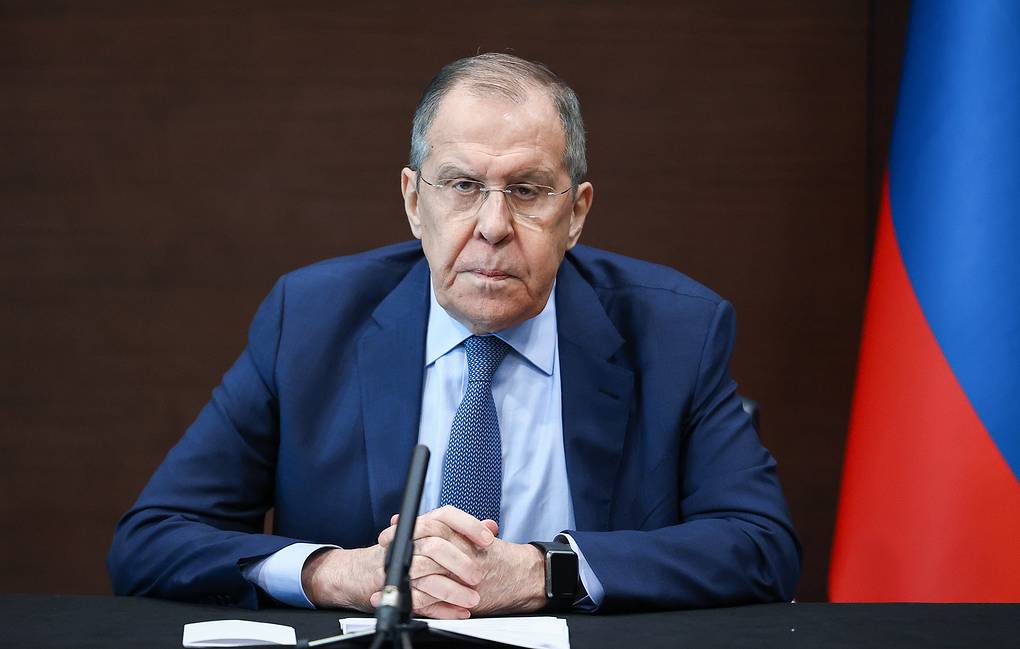- Sergey Lavrov said Russia’s aim is political control over Ukraine, not seizing select regions—an articulation that tracks with the Kremlin’s long-standing objectives.
- ISW notes Russia is pressing both military and political demands: demilitarization, a proxy government in Kyiv, and “neutrality” that blocks Western guarantees.
- On the ground, fighting around Dobropillya intensifies as Ukraine targets the base of a Russian penetration; both sides report localized gains and losses.
The Big Picture
Russia’s latest messaging underscores a strategic goal that goes beyond borders: full political control of Ukraine. In a televised interview on Tuesday, Aug. 19, Foreign Minister Sergey Lavrov said Moscow has “never talked about the need to seize any territories,” framing the war aims as “protecting” people in Ukraine and conditioning any settlement on changes to Ukraine’s internal policies. The Institute for the Study of War’s August 19 assessment reads this as consistent with the Kremlin’s long project to replace Ukraine’s elected leadership with a pliant government in Kyiv.
What’s New
ISW reports Lavrov rejected the idea of durable agreements that do not account for Russia’s “security interests,” a formulation that has repeatedly meant Ukrainian “neutrality” and limits on alliances. The assessment adds that Moscow treats territorial claims, political control, and alliance restrictions as an indivisible package—objectives to be achieved militarily or at the table, but not bargained away.
Along the Pokrovsk axis, Russia appears to be counterattacking as Ukrainian forces work to cut the base of a Russian penetration east and northeast of Dobropillya. Geolocated imagery and field accounts point to Russian moves near Poltavka, Volodymyrivka, and toward Sofiivka and Shakhove, even as Ukraine contests Mayak and reports repelling attacks around Vesele. ISW stresses the area’s open terrain and thinly manned lines allow for quick, tactical swings—but not yet a return to true operational maneuver.
Separately, Ukraine and Russia conducted another exchange of fallen soldiers’ remains on Aug. 19. Ukrainian officials said Russia returned the bodies of 1,000 Ukrainian service members, including five who died in Russian detention; Russia said it received 19 bodies in return. Ukrainian prosecutors also named a Russian 82nd Motorized Rifle Regiment soldier in alleged executions of Ukrainian POWs in Vovchansk in summer 2024—part of a wider pattern of documented POW abuses.
What They’re Saying
Context
Since the Orange Revolution (2004) and especially after Euromaidan (2014), the Kremlin has tried to pull Ukraine back under its sway—first through hybrid pressure, then by seizing Crimea and backing the DNR/LNR, and finally by a full-scale invasion in 2022 when political engineering faltered. ISW notes the Kremlin’s argument that it must “protect” Ukrainians from their own government echoes President Vladimir Putin’s long-running claims that Ukraine belongs in Russia’s “historical and spiritual” space.
ISW also situates Russia’s approach within a broader pattern toward post-Soviet states: leveraging lawfare, disinformation, cyber operations, and loyal proxy leaderships (notably in Belarus, with deeper integration via the Union State). In the Baltics, Russia’s narrative challenges their sovereignty and the post-USSR settlement, even as practical coercion has met firm resistance.
What’s Next
Expect Moscow to keep pairing battlefield pressure with political conditions—demanding a say over Ukraine’s internal laws on language and religion, and opposing Western security guarantees by insisting on “neutrality.” Near Dobropillya, watch whether Ukraine can choke off the Russian salient’s base; manpower density, drones, and artillery will likely decide how far either side can maneuver before lines stiffen again.
The Bottom Line
Lavrov’s remarks do not rewrite Kremlin policy; they clarify it. Russia’s endgame, as read by ISW, is not merely to redraw a map but to reset Kyiv’s politics under Moscow’s thumb—ending the war only when that leverage is locked in.
A global media for the latest news, entertainment, music fashion, and more.















